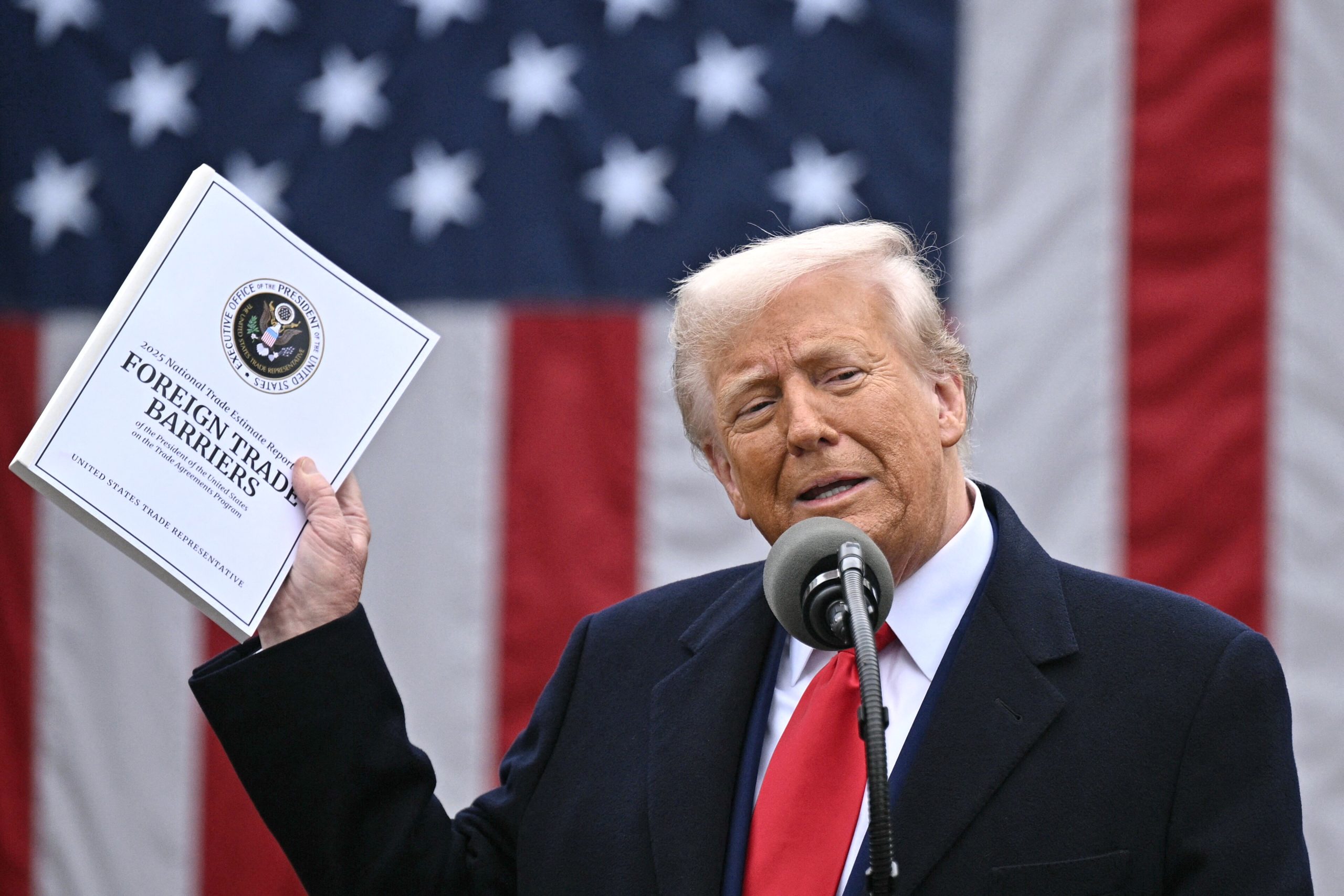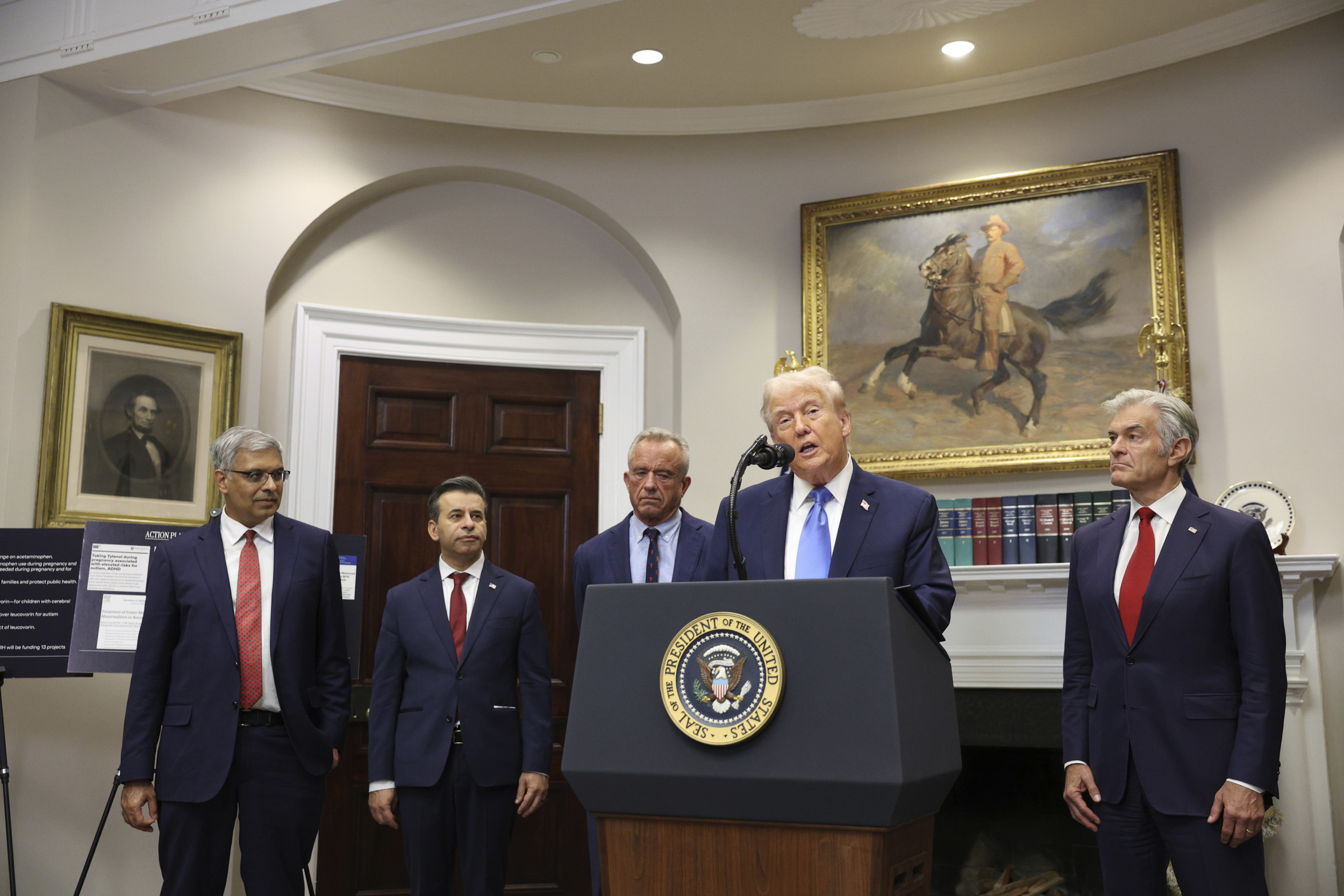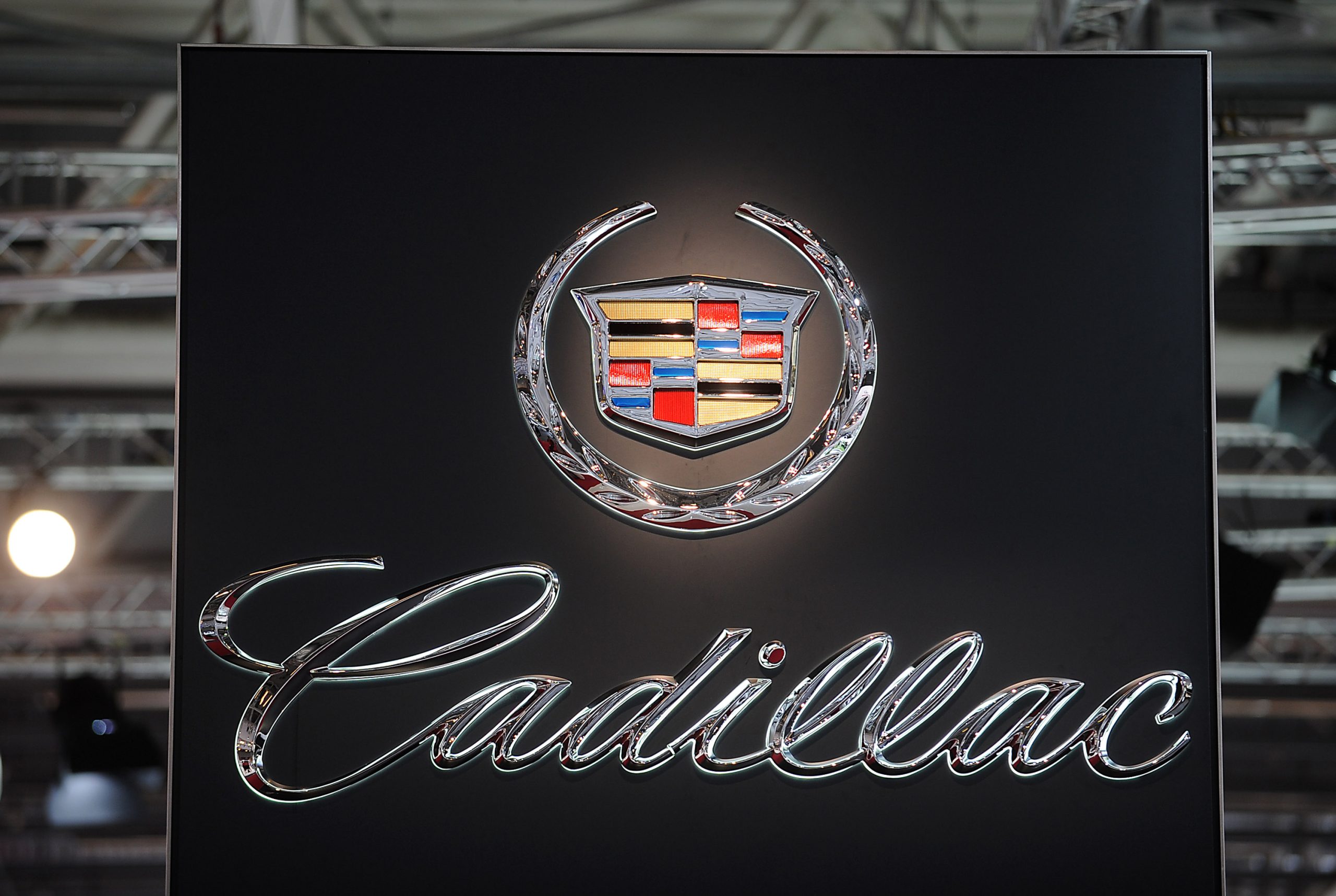
President Donald Trump has announced a major new wave of international tariffs that could reshape the global trade landscape.
The scale of Trump’s so-called “Liberation Day” tariffs is significantly larger than what the Republican imposed during his first term.
Newsweek has contacted the White house for comment via email.
Why It Matters
The White House said Trump’s first term proved that tariffs are an “effective tool” for achieving economic and strategic objectives. The new wave of tariffs has faced criticism that it could spark an international trade war, negatively impact the global economy, and increase average costs for American consumers.

Brendan SMIALOWSKI / AFP/Getty Images
What to Know
Trump announced his new tariff plans Wednesday which sees a 10 percent baseline tariff on all foreign imports from dozens of countries, with higher “reciprocal” tariffs targeting specific nations.
This includes a 34 percent tariff on Chinese imports, in addition to the 20 percent tariffs already put in place by the Trump administration, 20 percent for countries in the European Union, and 46 percent on goods from Vietnam.
Speaking from the White House Rose Garden, Trump said the reciprocal tariffs were necessary because the U.S. had been “ripped off” by countries for decades.
Trump had imposed a number of trade deals and tariffs on foreign imports during his first term. However, the scale of the new wave is greater than the previous levies, including the broader, universal 10 percent baseline tariff on multiple countries.
The “Liberation Day” tariffs also focus on reciprocity, according to the White House, by imposing higher tariffs on countries that maintain tariffs on U.S. goods.
During his first term, Trump’s tariffs primarily targeted goods from China as part of his “America First” initiative.
In January 2018, Trump announced tariffs ranging from 20 to 50 percent on washing machines and up to 30 percent on solar panels. The move largely affected China and South Korea, key manufacturers of both items. Many of the tariffs on Chinese products remained in place during the Joe Biden administration while others expired.
In March 2018, Trump imposed a 25 percent tariff on steel and a 10 percent tariff on aluminum imported from most countries, citing national security concerns.
He later granted tariff exemptions to several countries, including Canada and Mexico, amid backlash and global retaliatory measures.
Before Wednesday’s “Liberation Day” announcement, Trump confirmed there will be 25 percent tariffs on steel and aluminum imports.
Trump has also enacted tariffs this term that he had previously threatened but never implemented.
In June 2018, he proposed a 25 percent tariff on automobile imports using the same national security argument as for steel and aluminum. That tariff was never enacted, but a new 25 percent tariff on imported cars is currently in effect.
What People Are Saying
The White House press briefing said: “For the first time in decades, the United States will see fair trade as President Donald J. Trump announces tariffs to level the playing field for American workers and businesses. Despite the rhetoric from politicians and the media, studies have repeatedly shown tariffs are an effective tool for achieving economic and strategic objectives—just as they did in President Trump’s first term.”
President Donald Trump in a speech Wednesday: “For decades, our country has been looted, pillaged, raped and plundered by nations near and far, both friend and foe alike. Our country and its taxpayers have been ripped off for more than 50 years, but it’s not going to happen anymore.”
Peter Ricchiuti, senior professor of finance at Tulane University’s Freeman School of Business, told Newsweek: “The tariffs will be matched by most targeted countries. Tariffs have never worked. They’re prosperity killers. The worst part of all this is that these economic wounds are self-inflicted. Until the inauguration, the U.S. was doing very well. Inflation was coming down, we had record corporate earnings, and the highest stock prices ever seen.”
Jason Furman, economist and professor at Harvard University’s John F. Kennedy School of Government, previously told Axios: “During Trump’s first term there was breathless coverage and obsession over tariffs but without any obviously discernible economic impact. This time around it is the opposite. The tariffs are just one of many, many stories.”
What Happens Next
The 10 percent baseline tariffs will take effect April 5, with the reciprocal tariffs coming into force April 9.




